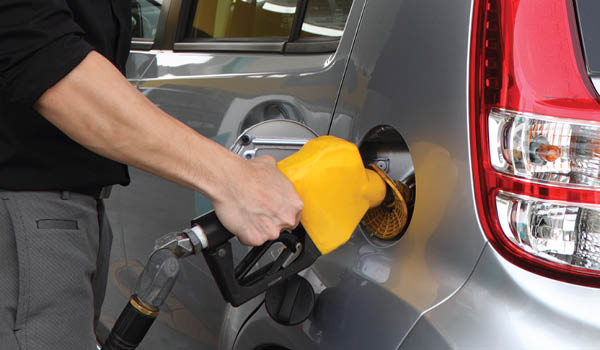The Australian Competition and Consumer Commission’s (ACCC) report on the Launceston petrol market has concluded that if the Launceston market was more competitive motorists could expect savings of 4-5 cents per litre (cpl) on a sustainable basis.
Petrol prices in Launceston have been significantly higher than those in Sydney, Melbourne, Brisbane, Adelaide and Perth for much of the time over the last five years.
Between 2012–13 and the first half of 2015–16, Launceston motorists paid on average around 12 cpl more for petrol than motorists in the five largest cities.
However, since the introduction of the discount arrangement between the Royal Automobile Club of Tasmania (RACT) and United in March 2016, the differential between petrol prices in Launceston and five largest cities narrowed.
During March and April 2016 monthly average retail petrol prices in Launceston decreased by 2 cpl, while retail prices in the five largest cities increased by around 6 cpl.
Margins in Launceston (the difference between retail prices and wholesale prices) have been relatively lower compared with those in the five largest cities in recent months.

Factors influencing Launceston petrol prices
The ACCC’s analysis found that the three main factors leading to higher prices in Launceston were higher transport costs, higher operating costs, and higher retail margins and profits.
The increase in retail margins and profits in recent years has been due to relatively weak retail competition in Launceston. This has been reflected by a lack of aggressive price discounting. However, this is not confined to Launceston as weak competition and higher prices are seen across Tasmania.
ACCC chairman, Rod Sims, said there are several steps that could be taken to increase transparency and promote competition in the Launceston market.
“These include the promotion of discount schemes such as the RACT/United offer that enhance price competition, providing current retail prices to motorists, regular publication of indicative margins and benchmarking against other locations, and continued monitoring by the ACCC of future merger activity in the Launceston petrol market,” Mr Sims said.
Increased transparency will be assisted by the resolution in December 2015 of ACCC court proceedings against Informed Sources and a number of petrol retailers, which has led to petrol price information being available to consumers and third parties on a near real-time basis online and through new apps.
“The more information on petrol prices which is available to the public, the better informed motorists will be about when and where to buy petrol. Launceston consumers, with the new information provided by the apps, will have a key role in driving the overall competitiveness of the Launceston petrol market, and therefore the prices that they pay for fuel,” Mr Sims said.
RACT/United discount scheme
In February 2016 the RACT announced that it had established a partnership with United to offer an 8 cpl discount commencing on March 15, 2016 for two months at nearly 40 United and associated sites across the state. At the end of the two month period the discount decreased to 6 cpl. In response to this offer, Coles Express and Woolworths introduced their own increased shopper docket offers.
The ACCC said the RACT/United discount scheme appears to be leading to lower prices in Launceston. The success of this scheme depends on the discounter benefiting through increased sales volumes and higher convenience store sales. If petrol price information is readily available to consumers, motorists in Launceston can support those discounters that are offering lower prices.
“The downward pressure on retail petrol prices, particularly due to this discounting agreement, is a clear indicator that competition is the best way to create lower prices for motorists,” Mr Sims said.
“The RACT and United offer has brought about a response from other fuel retailers, resulting in increased competition and lower prices for consumers. Discounting initiatives combined with greater price transparency can lead to direct benefits for consumers.”
In December 2014 the Australian Government directed the ACCC to monitor the prices, costs, and profits of unleaded petroleum products in Australia for a period of three years.
The new monitoring arrangements include the preparation of regional market studies, which aim to explain why petrol prices are higher in certain regional locations and explain where profit is being made in the petrol supply chain.
The first regional study was conducted on the Darwin petrol market, which was released in November 2015. The ACCC is currently working on market studies in Armidale and Cairns.
On conclusion of the four regional market studies the ACCC will review the overall lessons learned and how they may apply in other areas.
Sign up to C&I’s free bi-weekly newsletter here to receive the latest industry news every Tuesday and Thursday. Follow C&I on Facebook, Twitter and Linkedin.

